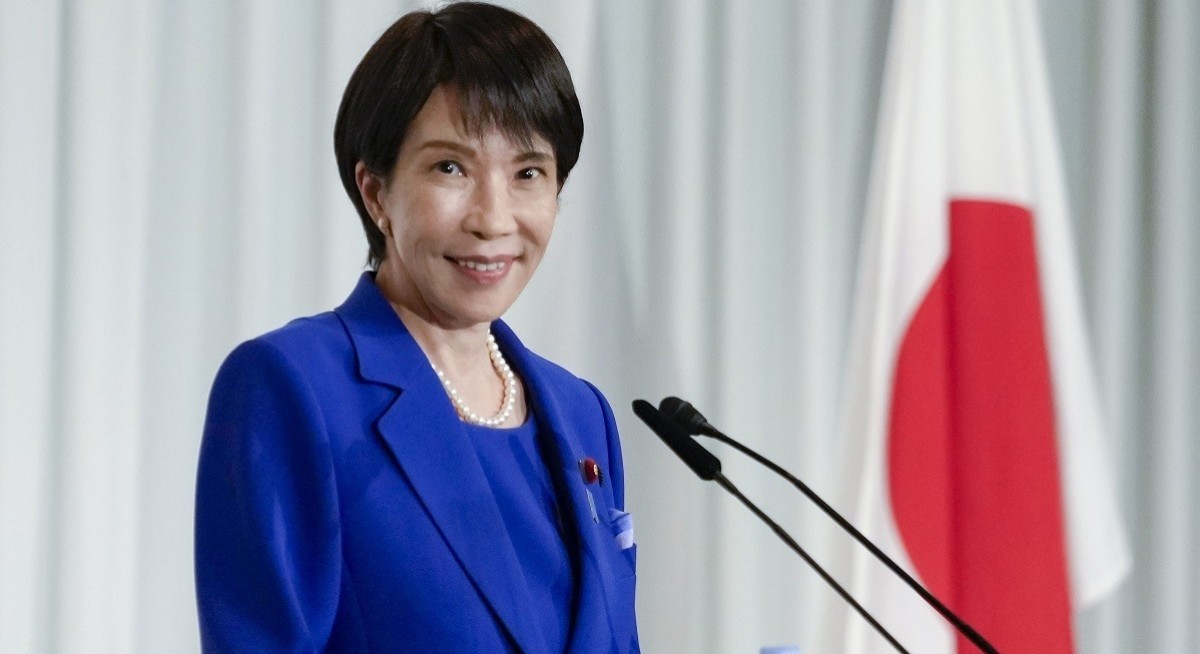A pro-nuclear stance would continue the policies of previous administrations, which have pushed to build new units and restart reactors idled after the 2011 Fukushima disaster. Takaichi is likely to prioritise nuclear energy as a means to curb Japan’s carbon emissions, said Mika Ohbayashi, director at the Renewable Energy Institute, a think tank that promotes clean-energy use.
“She wants energy security over climate ambition, nuclear over renewables, and national industry over global corporations,” Ohbayashi said.
Shares of nuclear power firms rose Monday. Kansai Electric Power Co, which is currently considering building a new reactor, jumped as much as 5.8%, while Tokyo Electric Power Co. — which has long been struggling to restart Japan’s biggest nuclear plant — rose as much as 6.5%. Renewable energy developer Renova Inc. dropped as much as 15%, while West Holdings Corp, which develops solar power plants, fell as much as 14%.
Takaichi, who would be Japan’s first female prime minister, has at times expressed concerns about the use of solar power. The 64-year-old has said she opposes “further covering our beautiful land with foreign-made solar panels,” and that she would reform current subsidy programs that support this form of renewable energy. Japan currently imports most of its solar modules from overseas.
See also: Japan to issue over US$73.5 bil in new bonds to fund stimulus
Dependent on Fossil Fuel | Coal, gas and oil accounted for close to 70% of Japan's power mix in fiscal 2023
The presumptive PM has also expressed support for perovskite panels, next-generation solar films that proponents say are more energy efficient and flexible.
See also: Japan approves US$135b stimulus to mitigate inflation pain
While she backs nuclear power, it’s unclear what Takaichi can do to help accelerate the restart of Japan’s idled reactors. The country has 33 commercially available units, 14 of which have resumed operation under stringent post-Fukushima rules. Restarts face high regulatory hurdles and need local government support.
Takaichi’s atomic technology of choice — fusion — is also largely in its infancy, and likely decades away from being commercially viable. Japan most recently revised its national fusion strategy in June, aiming to develop demonstration projects in the 2030s. She is also promoting investment in unlocking fossil fuel resources at home and abroad to help boost energy security.
Nuclear energy could become a promising area for US-Japan collaboration, said Ichiro Kutani, director of the energy security unit at Japan’s state-backed Institute of Energy Economics. The US government is investing in the development of a uranium fuel supply chain, and Japan could participate in this initiative, he said.
While the US industry is pushing forward with development of small modular reactors, Japan may not be ready to engage in this area just yet, Kutani said, as domestic utilities and heavy industry manufacturers are prioritising larger-scale light water reactors.




